بسم اللہ الرحمن الرحیم
In the name of God, Most Gracious, Most Merciful
ASSALAM O ALAIKUM
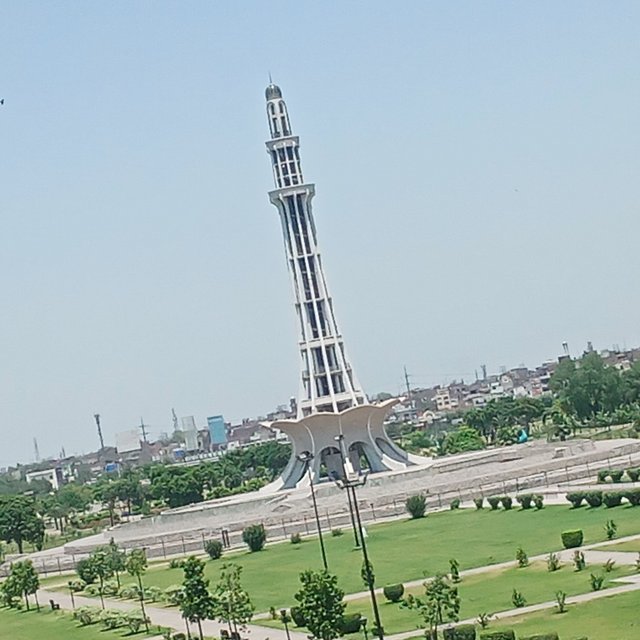
ABOUT THE MINAR-E-PAKISTAN
Minar-e-Pakistan (Urdu: مینارِ پاکستان) is a national monument located in Lahore, Pakistan.[2] The tower was built between 1960 and 1968 on the site where the All-India Muslim League passed the Lahore Resolution on 23 March 1940 - the first official call for a separate and independent homeland for the Muslims of British India, as espoused by the two-nation theory. The resolution eventually helped lead to the emergence of an independent Pakistani state in 1947.
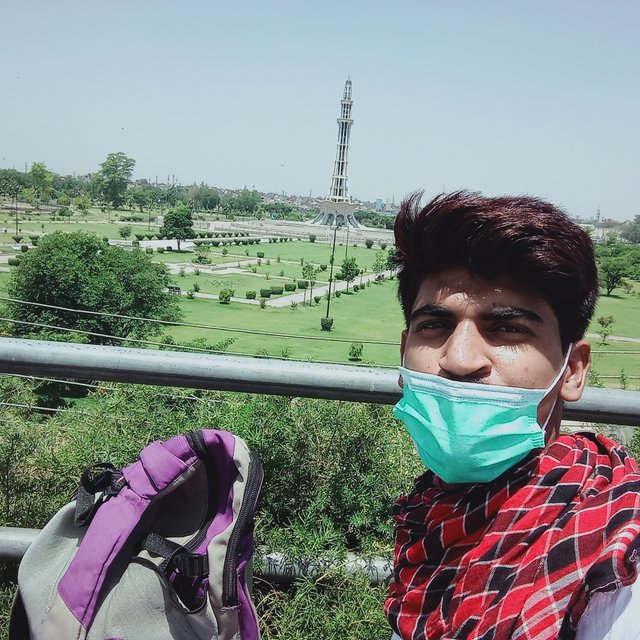
GENERAL INFORMATION
Status
National Tower of Pakistan
Type
Public monument
Location
Lahore, Punjab
Pakistan
Coordinates
31.5925°N 74.3095°E
Construction started
23 March 1960
Completed
21 October 1968
Height
Roof
70 metres (230 ft)[1]
Design and construction
Architect
Nasreddin Murat-Khan
Structural engineer
A Rehman Niazi
Services engineer
Mian Abdul Ghani Mughal
Main contractor
Mian Abdul khaliq company
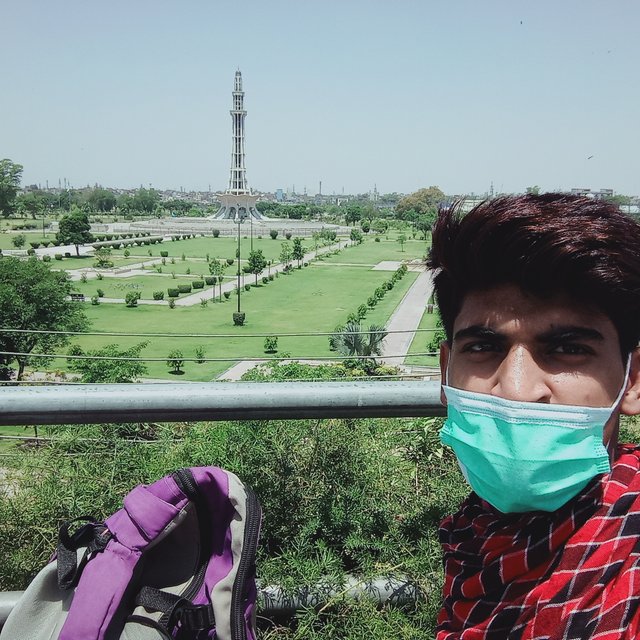
DESIGN
The tower reflects a blend of Mughal/Islamic and modern architecture.
The tower was designed and supervised by, Nasreddin Murat-Khan a Russian-born Pakistani architect and civil engineer.[3] The foundation stone was laid on 23 March 1960. Construction took eight years, and was completed on 21 October 1968 at an estimated cost of Rs 7,058,000. The money was collected by imposing an additional tax on cinema and horse racing tickets at the demand of Akhter Husain, governor of West Pakistan. Today, the minaret provides a panoramic view to visitors who can't climb up the stairs or access the top, by means of an elevator. The parks around the monument include marble fountains and an artificial lake.
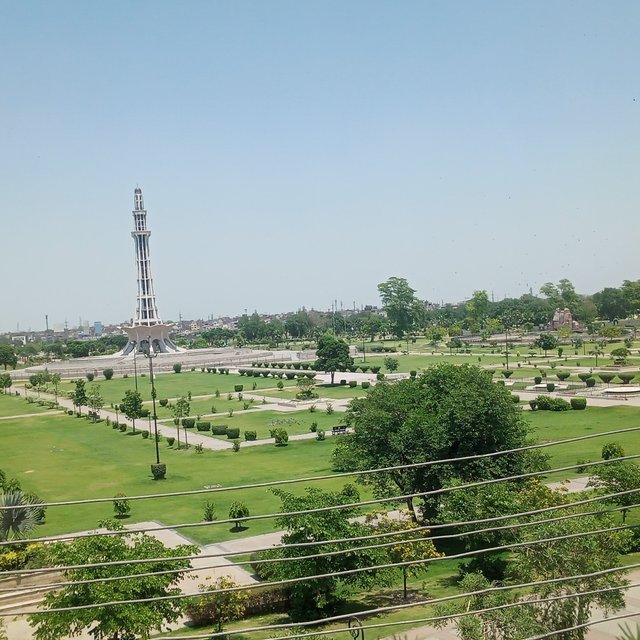
STRUCTURE
The base is about 8 metres above the ground. The tower rises about 62 metres on the base, the total height of the minar is about 70 metres above the ground. The unfolding petals of the flower-like base are 9 metres high. The diameter of the tower is about 9.75 meters. The rostrum is built of patterned tiles, and faces Badshahi Mosque. The base comprises four platforms. To symbolise the humble beginning of the freedom struggle, first platform is built with uncut stones from Taxila, second platform is made of hammer-dressed stones, whereas third platform is of chiselled stones. Polished white marble at the fourth and final platform depicts the success of the Pakistan Movement.[4] Mr. Mukhtar Masood, a prolific writer and the then–deputy commissioner of Lahore, was one of the members of the Building Committee. Mian Abdul Khaliq and Company. Services engineer Mian Abdul Ghani Mughal went on to build many other landmarks of Pakistan including Gaddafi Stadium Lahore, City Hospital Gujranwala, Chand da Qila By-Pass Gujranwala, Lords Hotel, and University of Punjab Campus Gujranwala and 9 floors
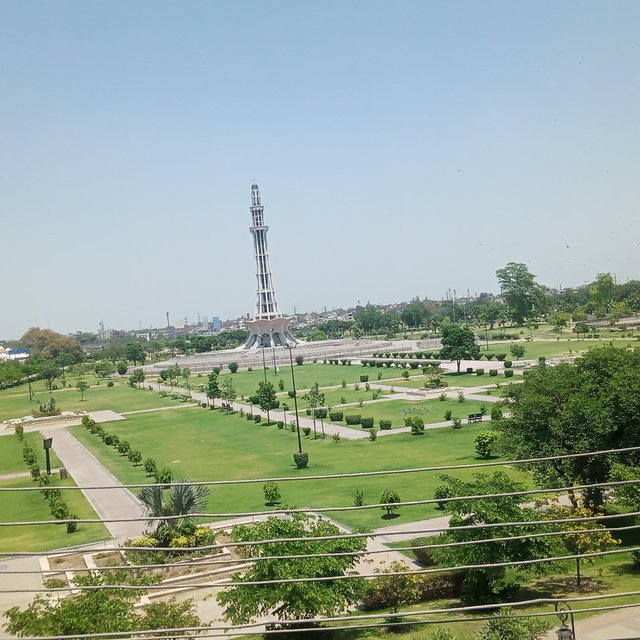
Inscriptions
At the base, there are floral inscriptions on ten converging white marble Commemorative plaques. The inscriptions include the text of Lahore Resolution in Urdu, Bengali and English, and Delhi Resolution's text, which was passed on 9 April 1946. On different plaques, Quranic verses and 99 names of Allah are inscribed in Arabic calligraphy, whereas National Anthem of Pakistan in Urdu and Bengali, excerpts from the speeches of Muhammad Ali Jinnah, in Urdu, Bengali and English, along with few couplets of Allama Iqbal include the other important inscriptions
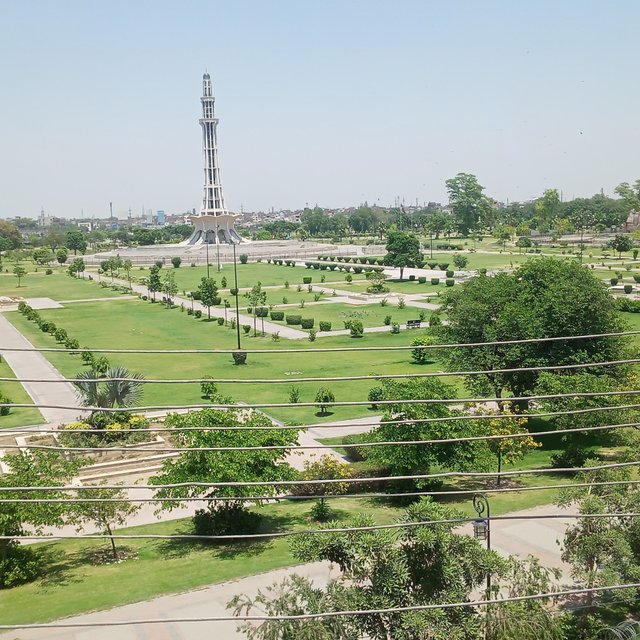
CONSTRUCTION
Tower construction was started in 1960 and it took 8 years to complete in 1968.The estimated budget to complete the great construction near Rs.70 Lakh (7 million). Money to complete this project is collected from Pakistani people as to charge 10 to 15 Rs extra tax at theater/cinema. It is the combination of Islamic as well as national culture. The tower base is shaped like a flower. The monument is covered with parks and flowers. Its location is used for political and religious events. It is also known as "Liberty Tower of Pakistan".
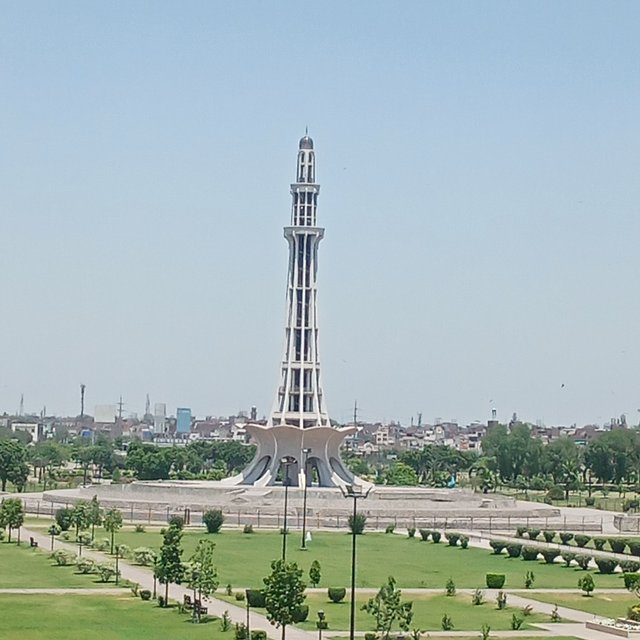
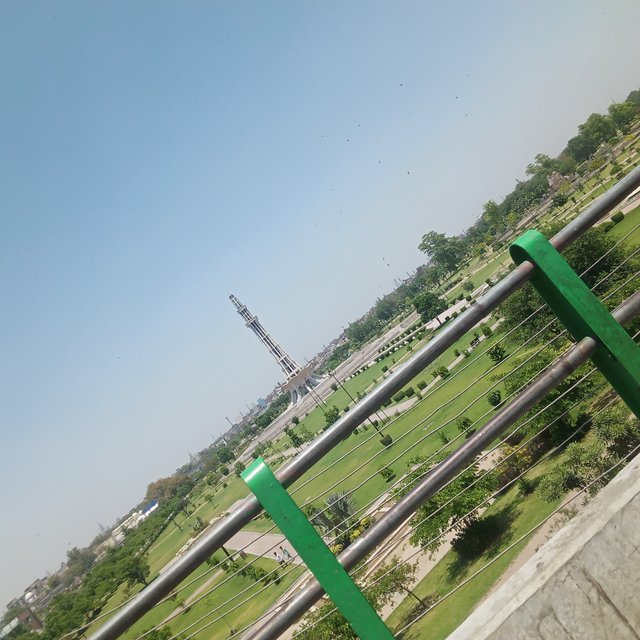
FOUNDER OF MINAR E PAKISTAN
Nasreddin Murat-Khan
Nasreddin Murat-Khan TI (1904–1970) was a Russian-born Pakistani architect and civil engineer. He is renowned for designing the iconic national monument, the Minar-e-Pakistan. He was also the architect of the Gadaffi Stadium in Lahore and several other notable buildings and structures.

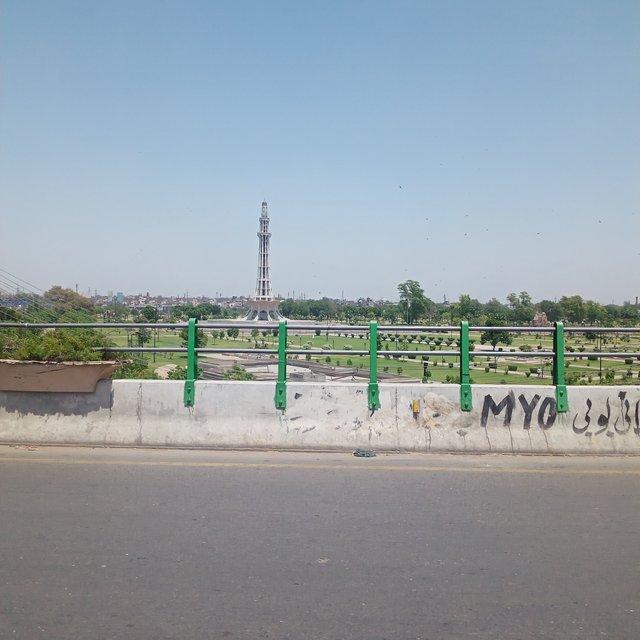
ALLAH bless u
Downvoting a post can decrease pending rewards and make it less visible. Common reasons:
Submit